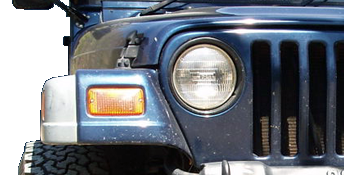Flux core wire will out preform standard hard wire with gas in many highly contaminated base material welding processes. Many of the wires are available with elements in the fluxing agent that deals with and helps penetrate mill scale, rust, and light oils. This is much like many stick electrodes that are designed to do jobs out in the field with very little prep work involved. Many sub contractors prefer larger flux core wire fed machines to do onsite jobs that require alot of material to be put down in substandard conditions with very little prep time. I've used flux core wire on beams in the past to help production on heavily scaled beams and structural iron. Flux core by nature requires more filler to be put down and higher feed rates to alow the flux to properly shield the weld pool and get some filler down. Properly tuned the machine will produce minimal splatter outside the well pool and will hiss much like a 7018 when being put in properly. The flux should roll off very evenly and is best welded in the backhand method with very little manipulation of the weld pool, ie: weaving, drawing circles, back stepping.......
Your number one proplem is the welder. And in general the fact that all manufactures push this type of filler wire on novice users with small machines with poor duty cycles. Flux of any type requires a consistent output of heat; in this case the arc, to flow out and create the shielding gases as it is consumed. The heat source (your particular welder) is extremely marginal at best.
Short welds with plenty of surface prep and pre beveling is the only way to get this unit to do much. Look at your duty cycle. If its posted. Stay within its ranges if possible. It probably is only around 30% at 3/4 to half its rated output, so if your always on the extreme end of the welding settings you get standard poor performance for 3 minutes out of 10 at best. Then it just gets worse from then on.
If you like the idea of no gas, very little surface prep and weld thickness from 14ga to 1/2 plate get a SMAW welder. (sheilded metal arc welder or stick to most). AC machines will out perform this unit all day long.







